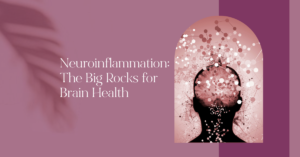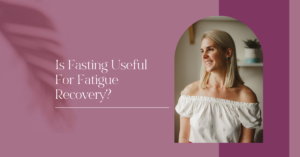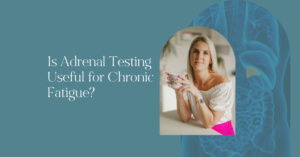Working with energy is often a never straight forward job. There are so many different factors that can influence energy availability in the body and in the case of persistent fatigue and low energy, it is usually never just one thing. Rather, poor energy is often rooted in a combination of imbalances systems that may all need supporting. Governing these systems is the nervous system which will need supporting too (you can read my previous post on this).
When I work with clients to improve their energy and enhance their aliveness, these are some of the things we explore (in no particular order).
Low Hanging Fruit
Initially I like to address the low hanging fruit. These are things that can often be addressed at low or no cost and can produce quick wins if they are playing a big part in someone’s symptoms.
- Sleep: quality and quantity
- Blood sugar: I am a big fan of using finger prick testing to assess how a client is responding to their diet and then we can use this feedback to personalise their intake.
- Oxygenation: we need oxygen to create energy and therefore we want to make sure that the quality and quantity of red blood cells are optimal. Healthy red blood cells rely on vitamin B12, folate, B6 and iron and a Full Blood Count and Ferritin can help to indicate if supplementation is required.
- Energy balance: generally I also just like to make sure that there is a good balance between energy in vs energy out throughout the day. Are there adequate periods of rest or is every day “Go go go!”? Is the client overtraining or undereating?
- Thyroid: thyroid hormones govern energy metabolism. Low thyroid hormones can cause low energy. You can test your thyroid hormones with a simple finger prick test from Medichecks (I recommend testing antibodies if you have not measured them before) which is why I put this in the low hanging fruit section.
Managing all of the above can create a stable foundation for further exploration.
Further Exploration
Once the low hanging fruit has been addressed, it might be time to explore a bit deeper and consider the following:
- Adrenal Hormone Testing (Cortisol and DHEA) – I like to use the Dutch Test
- Sex Hormone Testing (Testosterone, Progesterone and Oestrogen) – I like to use the Dutch Test
- Digestive Health / Stool Testing – I like to use the GI Effects by Genova Diagnostic. Depending on budget I sometimes use a little guesswork and I will suggest a 28 day food elimination with supplements for digestive support based on the clients symptoms (as per the Beat the Bloat Guide). Guesswork can sometimes be really effective but sometimes it is not. I relied on guesswork for some of my own digestive problems and only really got traction once I had tested due to the higher level of specificity it offered to refine my diet and supplement protocol
- Micronutrient deficiencies, essential fatty acids and antioxidants – I like to use the NutrEval by Genova Diagnostic which is a comprehensive blood test. Personally I found this useful to refine my supplement protocol to understand where my money was best spent.
On my road to recovery I have addressed everything listed above and from all of this I have a solid understanding of the unique patterns and needs of my body. I have the solid foundations of a good diet, balanced blood sugar, adequate sleep (except when the cats have their midnight zoomies!), a happy gut (finally! It took a while) and I know what extra support my body needs from a supplement and hormone balance perspective.
It took time to get here and I also say that I wasted some time and made a lot of mistakes along the way. This experience means that my clients do not have to do the same.
Lately the following have been extra tools I have added to my health toolbox.
DYNAMIC NEURAL RETRAINING SYSTEM (DNRS)
DNRS is a process that was developed by a woman called Annie Hopper. She has a very inspiring personal story of becoming homeless when she could no longer live in her own home due to severe multiple chemical and EMF sensitivities.
To truly understand what DNRS actually is, I recommend you take her 14 hour ecourse. When people ask, I explain it as neuro linguistic programming (NLP) meets Joe Dispenza meets Heart Coherence. All of which I had experience with before but Annie has created a unique system that integrates it all specifically for chronic health conditions.
Before I signed up I tried to get some clues about what it was actually all about. Eventually, I just took the plunge and signed up and since doing the program, I realised that the process in itself is actually quite simple, but the majority of the program is building up your belief that it will work (for you) so that you feel motivated to commit.
Annie recommends you practise her “steps” for 1 hour a day. The story I was telling myself was that this was something that works for other people, but it wouldn’t work for me. When you have this level of self doubt, you will quit at the first hurdle.
I have now practised for an hour a day EVERY day for 2 months and over that time I have had more energy, a more positive outlook, I feel less stressed, I have been able to gradually build more exercise into my routine. Ultimately, it is helping me stay connected to higher state emotions like feeling happy, strong, grounded and energised and this supports my nervous system which I feel is essential for health and wellbeing. There are definitely days when I don’t want to do it and when I have self doubt, but I keep practising the steps and I keep reaping the rewards.
ENERGY BASELINE
Your energy baseline is such a simple and powerful concept. Yet, it is not as easy to put into practise. The concept is based on the idea of learning what activities you can do each day that don’t make you feel worse than you already do.
“Healthy” people push themselves all the time. They stay up too late, they eat foods which don’t make them feel good, they drink a bit too much, work too hard and push their bodies a little hard from time to time in the gym. The difference is, their systems are resilient enough that all they need is some extra sleep, a good day of eating under their belt and lots of water, and they are ready to go again.
In chronic illness, in some cases we only need to do a fraction of these things and we pay for it for potentially days afterwards. When you feel fatigued or unwell, the temptation can be to rest and wait to get better. In chronic conditions, if you just wait, feeling better never comes. However, in the meantime, your body becomes deconditioned and your capacity to do things becomes less and less.
I’ve written previously on the concept that rest is not the same as regulation. Rest is part of a healthy lifestyle, but resting alone does not not increase resilience and broaden our capacity to tolerate the stressors of life. We want to find just the right amount of stress each day that we come adapt to, and over time, we become stronger.
Establishing my energy baseline took me such a long time. But when I finally have a practical understanding of what it meant for me, it was the glue that stuck everything else together. I was finally able to start to see progress in my overall energy level each day and my capacity to exercise.
I also realised that on a “bad” day, where in the past I would rest and wait to feel better, there were still things that I could do, that didn’t make me feel worse. The end result was more consistency and more consistency = more progress and results!
COLD WATER SWIMMING
I have written about my cold water swimming adventures in the past. I am a water baby! My dad has always said I learned to swim before I learned to walk. I have an immense affinity with the ocean and being near it, in it or on it, makes my heart happy!
The fact that I love it so much means that it is a resource for my nervous system. It brings me into a state of calm where I feel more like myself.
Additionally, cold water offers a whole host of benefits including but not limited to:
- Thyroid function
- Immune system
- Lymphatic system
- Circulation
- Pain Management
- Anti-inflammatory
- Improves vagal tone
- Modulation of mood enhancing neurotransmitters dopamine and serotonin
I can’t pin down the exact reason why but what I do know is that when I take my cold dips (at the moment anywhere between 1-3 times a week), I definitely feel good.
Final Word
As your work towards better health, there are some universal truths – you are likely going to feel better if you eat well, sleep well, move your body in a way that is appropriate for you, manage your stress and understand how to care for your nervous system.
One person’s medicine can be another person’s poison and if I have learnt anything on this journey it is that creating more wellness in your life is all about knowing yourself, listening to your body, understanding and truly honoring your needs.
This means that there aren’t cookie cutter programs that can truly get you from A to B. I support my clients to help them find what works best for them. That could be anything from what to eat, how to supplement or to better understand their nervous system and how to nourish it in their own unique way.
If you would like my guidance, expertise and support, you can find out more about working with me here.










